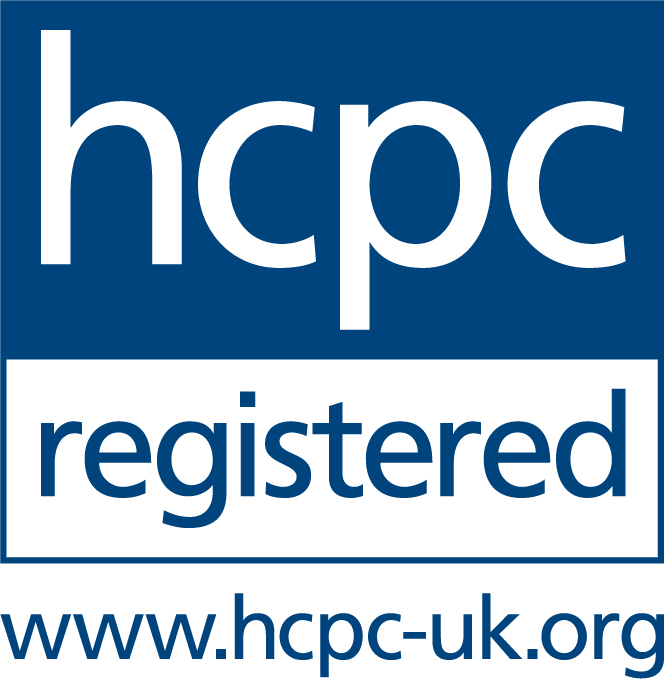- Crushes Blog
- Testimonials
- Contact & Price List
- To schedule an appointment: 01277 375955
- 501, Ongar Rd, Pilgrims Hatch, Brentwood, Essex, CM15 9JP [See Map]
- E: crushesmanorclinic@gmail.com

A Perspective on osteoarthritis
16th March 2021

There have been some interesting advances in recent years in our understanding of osteoarthritis. There is still a lot we don’t know about the condition, however some things are much clearer with regards to what works for the condition and what does not.
Osteoarthritis is a disease which is commonly referred to as a “wear and tear” issue of the cartilage, although this can be seen as oversimplifying the problem. Cartilage is a tissue present within most joints and is commonly referred to as the ‘cushion’ within the joint. It’s essential to remember that osteoarthritis is not an inevitable outcome for joints in human beings.
I heard a recent podcast by Tonia Vincent, a noted researcher in the field of osteoarthritis. Tonia is an academic rheumatologist who has devoted most of her working life to studying this very interesting condition, which has affected humans and animals alike since beings started walking. She and her team have some new insights into the disease which are quite eye opening. One of the important take-home messages, among many, from her exhausting research is that exercise (or should I say the right exercise) is beneficial in osteoarthritis.
We know exercise improves strength. Unfortunately, as we go through life, our muscles may not be as strong as they were previously, which can be due to a variety of causes. The load (or weight) that we put through joints may increase compared to the strength of our muscles (think weight gain). Muscles may also get weaker due to an injury and injuries themselves could also be a trigger for osteoarthritis.
Once muscles weaken, the joint is unable to move in a synchronous or a smooth way. This loss of smooth movement can cause what is known as a ‘shear’ force. Imagine the hinges of a kitchen cabinet. If the screws that fasten the hinge to the cabinet are tightly screwed on, the hinge, and by extension the door, shuts smoothly. Now imagine the same hinge with very loose screws. What ensues is a mechanism which causes a rattling of the entire hinge and the door. If we extrapolate this to the human joint, the ‘screws’ which enable the joint to move synchronously are the muscles. If these muscles are weak from whatever cause, the joint will be unstable and will move asynchronously and cause the joint to ‘rattle’ or be unstable. This instability causes shear forces on the cartilage of the joint which are essentially known as the tissues which absorb shock. Over time, these shear forces cause a cascade of events which results in an osteoarthritic joint.
It is therefore essential to keep muscles around joints as strong as possible to avoid shear forces and enable smooth normal movements of these joints. The trick is to ensure you perform the right exercises to gradually start loading rather than overloading the joint. Start slowly and progress the amount of weight you lift. Or, simply put, increase the difficulty level of your exercise over time.
Happy exercising!
